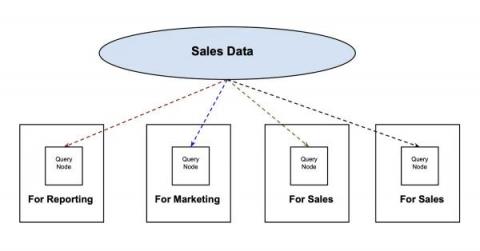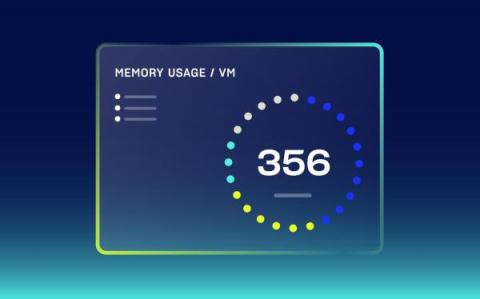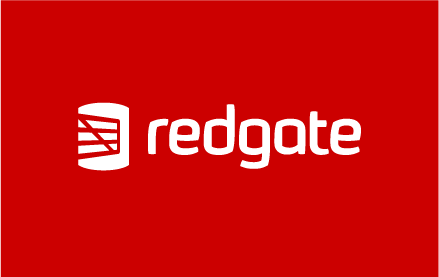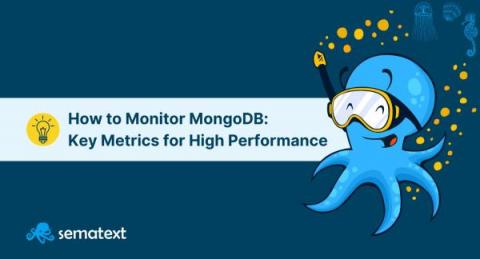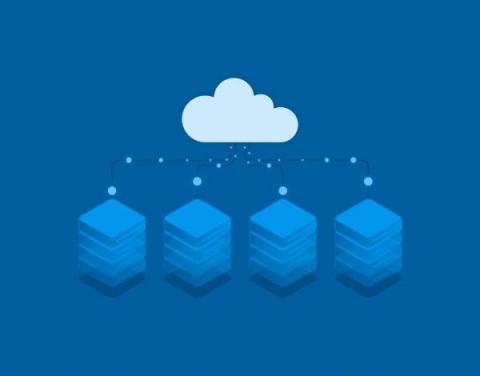Scaling Throughput and Performance in a Sharding Database System
Understand the two dimensions of scaling for database query and ingest workloads, and how sharding can make scaling elastic — or not. Scaling throughput and performance are critical design topics for all distributed databases, and sharding is usually a part of the solution. However, a design that increases throughput does not always help with performance and vice versa. Even when a design supports both, scaling them up and down at the same time is not always easy.


